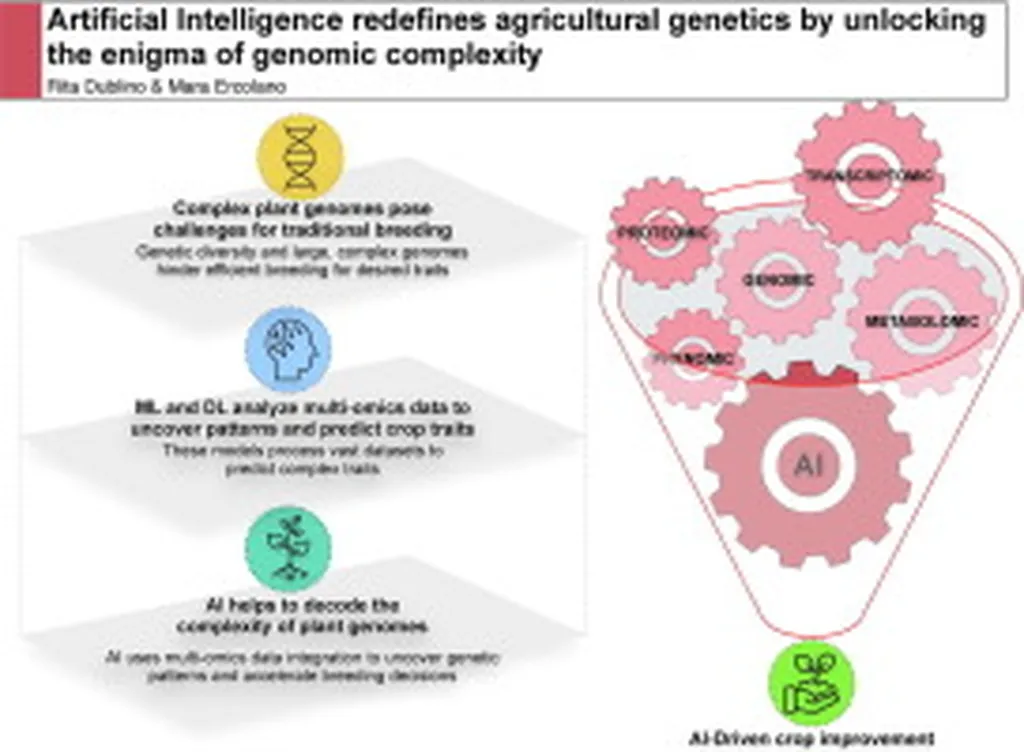In the face of a looming food crisis, with the Food and Agriculture Organization predicting a need for a 70% increase in food production by 2050, the agriculture sector is turning to artificial intelligence (AI) to revolutionize the way we grow and harvest crops. A recent study published in *Agriculture* sheds light on the innovation lifecycle of AI-driven agriculture, offering valuable insights into the collaborative dynamics between universities, industries, and research institutions.
The study, led by Giani Gradinaru from the Department of Economic Informatics and Cybernetics at the Bucharest University of Economic Studies, employs a causal inference analysis to explore the interplay among four key innovation pillars: start-up activity, research projects, academic publications, and patent filings. By analyzing time series data from 1985 to 2023, the research team uncovered a sequential innovation pathway that underscores the interdependence of these stages.
Gradinaru explains, “Our findings reveal a clear pattern: start-up activity tends to precede research projects, which are then followed by academic publications and patent filings. This sequence highlights the evolving role of university–industry–research (UIR) collaboration in driving agricultural transformation.”
The commercial implications of this research are substantial. For investors and agribusinesses, understanding this innovation lifecycle can inform strategic decisions, enabling them to anticipate trends and capitalize on emerging opportunities. “By recognizing the sequential nature of innovation, stakeholders can better allocate resources and foster an ecosystem that accelerates the development and deployment of AI technologies in agriculture,” Gradinaru notes.
The study’s use of Granger causality and impulse-response analyses provides a robust framework for analyzing the causal dynamics within the UIR collaboration. This quantitative approach offers policymakers, investors, and researchers a data-driven tool to strategically foster innovation ecosystems in AI-driven agriculture.
As the agriculture sector continues to evolve, the insights from this research could shape future developments, encouraging more collaborative efforts and targeted investments. By leveraging the power of AI, the sector can address the pressing challenges of food security and sustainability, paving the way for a more resilient and productive future.
For those interested in the intricacies of this research, the full study is available in the journal *Agriculture*, with Giani Gradinaru serving as the lead author and affiliated with the Bucharest University of Economic Studies. This work not only advances our understanding of AI-driven agriculture but also provides a roadmap for fostering innovation in a sector critical to global food security.

